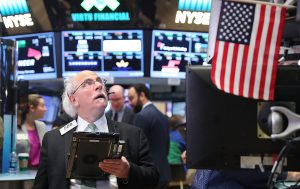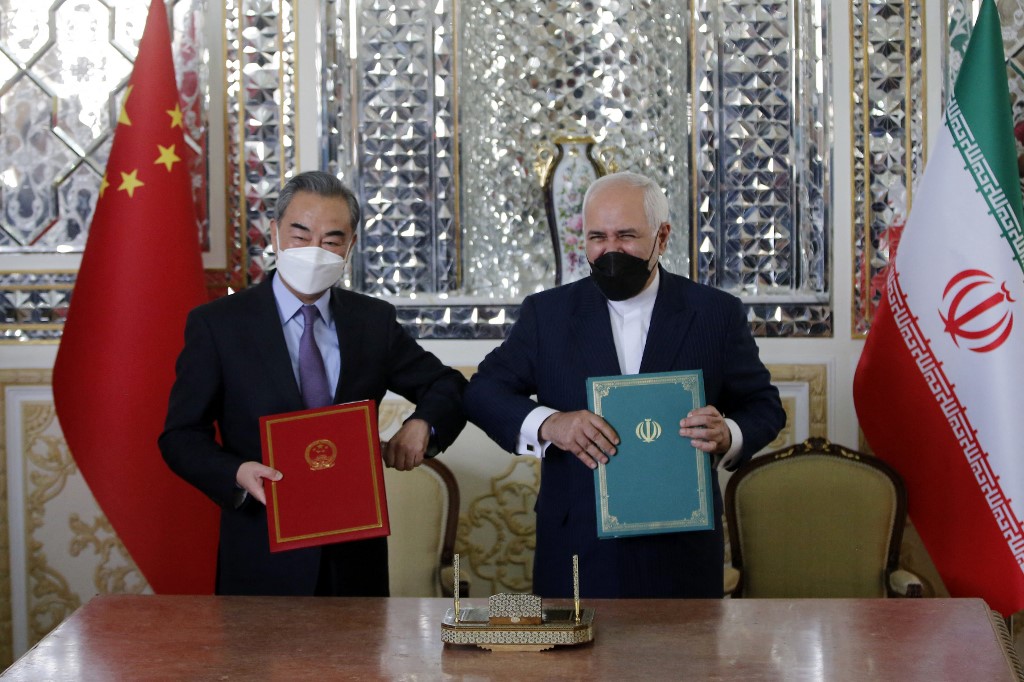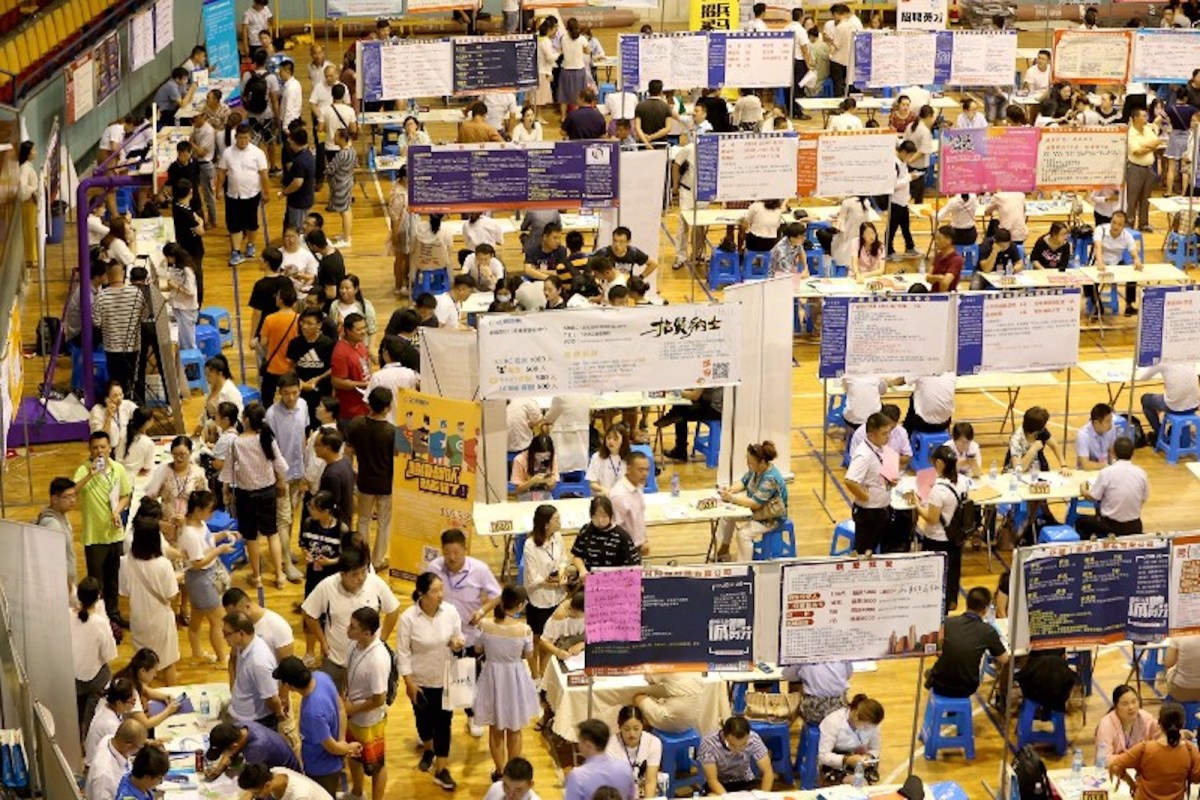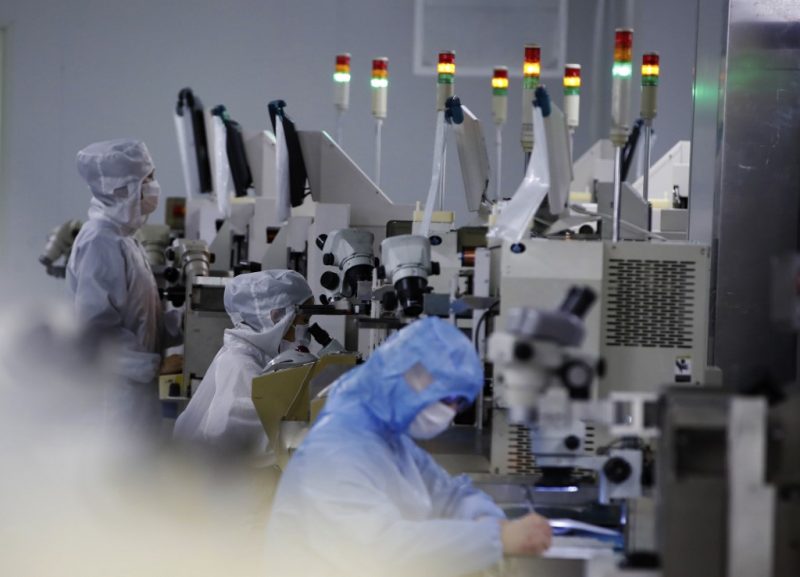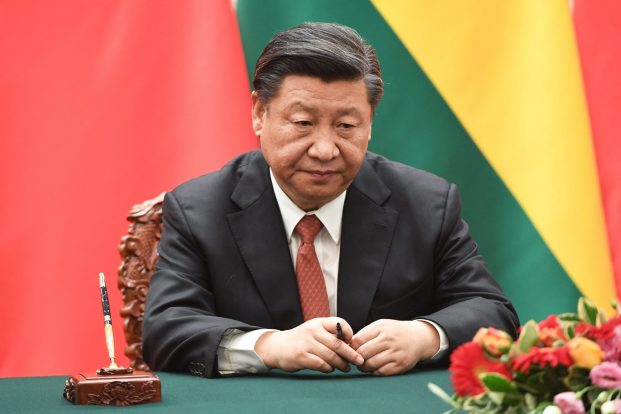The coronavirus pandemic ended a decade of US economic expansion, but the Federal Reserve pledged on Wednesday to use every tool it has to help fuel a recovery.
The central bank warned that the virus continues to pose “considerable risks” to the economy, which after a 4.8% contraction in the first three months of the year likely will see an “unprecedented” decline in the second quarter.
And after record job losses in just a few weeks, Fed chairman Jerome Powell warned that unemployment will take time to come down to the low level of recent years.
The GDP decline in the January-March period – the biggest fall in in 12 years – came after the pandemic forced businesses to close and halted purchases and investments, the Commerce Department said on Wednesday.
The grim numbers underscore the damage done to the world’s largest economy by the pandemic, which already has caused an estimated 26 million job losses and sent Congress and President Donald Trump scrambling to cut the losses.
The coronavirus outbreak in United States has grown into the world’s largest and deadliest, with the country’s caseload rising to 1,034,884 and deaths hitting 60,316 after passing the death toll from the Vietnam War on Tuesday.
The economic contraction was all the more worrying since the most strict business shutdowns and stay-at-home orders did not occur until the final weeks of March. The Commerce Department acknowledged that it could not quantify the full economic effects of the virus.
Powell warned that “economic activity will likely drop at an unprecedented rate in the second quarter” at a rate “worse than we’ve seen.”
Huge Q2 collapse tipped, 26m jobs lost
Private sector economists are predicting a decline in growth by as much as 40% in the second quarter amid the collapse in consumer spending and business investment.
Job losses have hit 26 million since mid-March, and companies are beginning to make more permanent cuts due to the uncertain outlook, including aerospace giant Boeing, which plans to slash 10% of its workforce.
It will take “some time to get back to anything nearly resembling full employment,” Powell said.
All the tools
The central bank moved quickly to get ahead of the bad news, slashing the benchmark lending rate to zero by the middle of last month following two emergency meetings.
The Fed’s policy-setting Federal Open Market Committee (FOMC) at the conclusion of its two-day meeting on Wednesday pledged to hold rates at zero “until it is confident that the economy has weathered recent events and is on track to achieve its maximum employment and price stability goals.”
Powell said while the US economy should rebound in the third quarter “it’s unlikely that it would bring us quickly all the way back to pre-crisis levels.”
The central bank is “committed to using our full range of tools to support the economy… to assure that the recovery when it comes will be as robust as possible,” Powell said in a press briefing.
And while Congress too has moved quickly to provide support for businesses and households, “it may well be the case that the economy will need more support from all of us, if the recovery is to be a robust one.”
And now is “not the time” to let a concern about fiscal deficits “get in the way of us winning this battle,” Powell said.
“This is the time to use the great fiscal power of the United States to do what we can to support the economy and try to get through this with as little damage to the longer run productive capacity of the economy as possible,” Powell told reporters.
While the Fed cannot spend and its powers are limited to lending to viable borrowers, he said the central bank will do everything it can “to the absolute limit of those powers.”
The committee pledged to continue its efforts to inject funds into the financial system to ensure it doesn’t freeze up, including buying US Treasury debt, mortgage-backed securities and other corporate debt “in the amounts needed to support smooth market functioning.”
AFP






